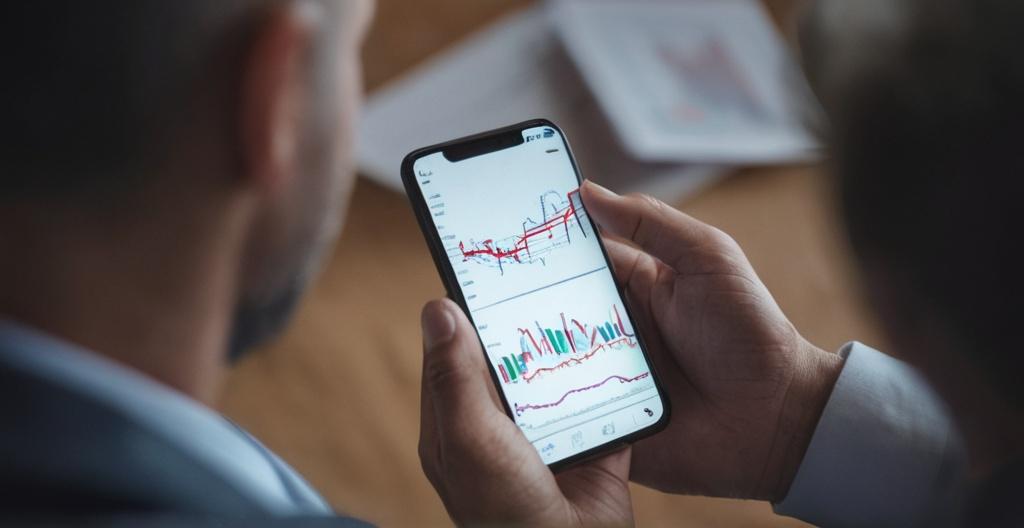Key Take Aways About Creating a Monthly Budget
- Create a monthly budget before trading to manage finances effectively.
- Budgeting involves listing income sources and categorizing expenses.
- Allocate a realistic percentage (5-10%) of income to trading.
- Set clear trading goals and stop-loss limits to safeguard finances.
- Track trading expenses to account for fees and commissions.
- Regularly review and adjust the budget based on trading performance.
- Focus on financial stability over attempting to score quick profits.

Setting Up Your Monthly Budget
Alright, so you’re thinking about getting your finances in check and diving into the wonders of trading. That’s fantastic, but before you start clicking away at your brokerage account, a crucial step can’t be ignored: creating a monthly budget. Why? Because trading isn’t just about the adrenaline rush of buying and selling; it’s about managing your financials so you can keep on keeping on.
The Importance of Budgeting in Trading
It’s funny how most folks talk about trading as if it’s all about following the bull and bear trends. But the truth is, if you don’t have a budget, you’re like a sailor without a compass—lost at sea. You need to know how much of your hard-earned cash you’re willing to throw into the trading pit each month.
A budget helps you decide how much to invest, how much to save, and, importantly, how much you can afford to lose. It’s like your financial battle plan. Ignoring it could lead to sleepless nights and empty pockets.
Breaking Down The Trading Budget
Don’t just toss a chunk of money into your trading account and hope for the best. Let’s break this thing down:
1. **Income Sources**: This one’s straightforward. List out all your incoming money – your salary, side gigs, passive income, whatever keeps your wallet full.
2. **Expenses**: This is where you jot down all the places your money likes to sneak off to—rent, groceries, utilities, and don’t forget about that weekend hobby you secretly spend too much on.
3. **Fixed and Variable Expenses**: Split your expenses into fixed costs—those bills that show up like clockwork—and variable ones, which can be as unpredictable as the stock market itself.
4. **Emergency Fund**: Before you even think about buying stocks, make sure you’ve got some savings tucked away for the unexpected. Because Murphy’s Law hasn’t gone out of fashion just yet.
Allocating Your Trading Capital
Now that you’ve got a handle on your budget, it’s time to decide how much you’re going to allocate to trading. This isn’t the time to YOLO your savings. Be realistic. A good rule of thumb is to start with a small percentage. Maybe it’s 5-10% of your total monthly income. The rest of your budget is for living life, not gambling it away.
Setting Goals and Limits
Goals aren’t just for New Year’s resolutions. In trading, they give you something to aim for. Whether it’s doubling your money in a year or just learning the ropes, set a goal. And for heaven’s sake, set some stop-loss limits. The market doesn’t care about your mortgage payment or your kid’s college fund.
Tracking Your Trading Expenses
Most traders forget how quickly fees and commissions can nibble away at their returns. Track every cent that leaves your trading account. Use a simple spreadsheet or a budgeting app to keep tabs. Trust me, you’ll thank yourself later when you’re not scratching your head wondering where all your profits went.
Review and Adjust
Creating a budget isn’t something you do once and forget about. Like any good financial plan, it needs reviewing. Keep track of how your trading is going. If you’re making a killing, maybe you can afford to up your trading budget. If not, maybe it’s time to dial it back a bit.
Final Thoughts
Financial freedom through trading isn’t just about hitting it big. It’s about making smart decisions and sticking to your budget. So, make sure your financial house is in order before you start playing with the stock market. You might not become an overnight millionaire, but you’ll definitely sleep better at night.